Across all of sports, one concept remains equally captivating: dominance. The concept of watching a singular player take the court, field, ice, or whatever surface they choose to utilize their talents on and utterly dwarf their competition is one that never fails to draw massive attention. Over 50 years after Wilt Chamberlain scored 100 points in a game and 50.4 in a season, his feats are still discussed. The seemingly infallible clutchness of Michael Jordan and his consistent scoring outbursts are legendary enough nearly two decades later to be the subject matter of the most viewed sports documentary of all time. When LeBron James is long retired, his lethal efficiency in both playmaking and scoring a distant memory, or when Steph Curry has hung them up, the sound of his 3-point barrages filling the bottom of the basket only an echo in our minds, they too, will be the stuff of legend.
That manner of supremacy is what the college basketball world watched with Zion Williamson in the 2019 season. Never before had we seen a player as large as him move like he did. In no world should a man standing at 6’6”, 284 pounds fly like he did. They shouldn’t skate effortlessly on the fastbreak like he did. They shouldn’t have the pinpoint passing touch and consistent floor spacing that he had. And yet, there was Zion, entering opposing arenas night in and night out and dashing away with the hopes of their student sections. He was a thief in the night, and despite his imposing frame, he was one impossible to catch.
The comparisons were bound to come at some point. Before long, this 18-year old child would be compared to the likes of LeBron James, Magic Johnson, and any other notable NBA star whose name in a headline would generate clicks. Not only did these contrasts create an impossible standard for the young Blue Devil to live up to, but they came with their own set of backlash. Media analysts, Twitter deviants, and anyone else with an Internet connection did their best to chime in and say that Zion really wasn’t as good as everyone said he was, and that he would fail horribly at the NBA level. Through his own on-court play, Zion had created a firewar of hostility, with voices constantly feuding about just how special he really was.
And all the kid had done was dominate.
The story of Williamson is one of the most captivating in sports, partially because so much of it has yet to be written. Even in the small sample size though, with only one college season and an injury-riddled rookie campaign under his belt, the former Spartanburg Day student has captivated the attention of America. He played for the most polarizing team in college sports, became the top pick in the NBA draft, and despite missing most of the season with injury, delivered 19 games that were so electrifying that he usurped Ja Morant as the league’s best rookie basketball player (not Rookie of the Year, but the best basketball player who is also a rookie). With the NBA set to return July 31st, Williamson will once again be given the chance to shine in front of millions. Personally, I have no doubt in his ability to deliver.
The First Fall
When Zion went down against North Carolina on that fateful night in Durham, it was clear that Cameron Indoor Arena had never been so quiet. Their god, the player all their hopes and dreams had been riding on, was now out of commission all because even his shoes couldn’t support his unique stature. Over the games that followed, the team suffered several embarrassing losses, including one to the same UNC team that Williamson had been injured against During this period of darkness, one sentiment rang true throughout the team, coaches, and fan base: We need Zion back.
Eventually, they got him. Williamson triumphantly returned and led Duke to a spirited victory in the ACC tournament, giving them the top overall seed in March Madness and reminding the world that this was, in fact, the same team that was led by the top 3 recruits in the nation. After a few razor-close victories in the NCAA Tournament, Duke’s luck ran out in a one-point loss to Michigan State in the Elite Eight, a defeat that many pin more on running mate RJ Barrett than Williamson. Regardless of their tournament finish, the basketball world was officially on Zion watch.
The 2019 Draft Lottery was, for all intents and purposes, the Zion sweepstakes. After being photoshopped into New York Knicks jerseys for months, we would finally be able to see what team would be given the honor of selecting the most hyped college prospect in decades. Although the Knicks got their wish in the sense that they drafted a forward from Duke, their place at 3rd overall made it Barrett instead of Williamson. Zion was the darling of the league throughout the entire draft process, and when his Duke dominance came full circle by being drafted first overall by the New Orleans Pelicans, so too did all the vitriol directed toward him.
Once he was officially inducted into the NBA atmosphere, any problem with Williamson was magnified to the highest degree.
“He’s too heavy to compete with NBA level athletes.”
“He won’t be able to bully NBA bigs in the post like he did in college.”
“His game won’t translate to the next level.”
And perhaps the most prevalent and warranted critique: “His body won’t hold up.”
It was clear from the start that Adam Silver and co. were aware of the global superstar they had on their hands with Williamson in the fold. They scheduled the Pelicans, a team who had missed the playoff the season before and traded away their franchise cornerstone in Anthony Davis, for both opening night and Christmas Day, perhaps the two most crucial days in the entire NBA season. It was all meant to fully capitalize on Zion’s stardom, which would hopefully be a cash cow for the league akin to Jordan and James.
The Second Fall
Unfortunately, the issue that so many had harped on Williamson for became the very reason he didn’t participate in either of those marquee matchups. Before the season began, the NBA’s most famous rookie in years had surgery to repair a torn meniscus, sidelining him and giving all his detractors endless fodder with which they could discredit him. It certainly didn’t help that in his absence, the Memphis Grizzlies’ Ja Morant electrified the sport, putting up highlight reel plays on a nightly basis. This period of time was perhaps the darkest in all of Zion’s basketball journey, even surpassing the time he was injured in college. At that stage, everyone was well aware that he was capable of success, his knee injury being the only thing that separated Williamson and even more domination. With the Pelicans though, not only did he wait on the sidelines, but success when he did return was far from guaranteed.
For the first time since his impressive opening performance at Duke, people were starting to forget about Zion Williamson. A man who, just a few months prior, had been heralded as the next LeBron James was now an afterthought, the NBA season slowly passing him by. Moments like this one are what define Williamson. Not his outstanding dunking performances or extraordinary bully ball. Not his worldwide stardom or domination. His times of vulnerability. For that fire is where the great players are forged. Time and time again, despite his many doubters and setbacks, Williamson has shown us he is more than capable of rising out of the flames.
A Return to Greatness
When it was first reported that Williamson would return to action on January 22nd against the San Antonio Spurs, the reaction was entirely different than it had been when it was announced he would return for the ACC tournament one year prior. Many questioned why he was being brought back at all – the Pelicans weren’t in the thick of the playoff race, after all. He had no chance of winning ROY in such a limited number of games, so why risk re-injury? Such questions never phased Williamson. His return to the sport he adored was not predicated on any sort of motive or convenience; he was healthy, so he would be back. All the questions about his level of NBA readiness would be answered, and the returns were more resounding than anyone could’ve expected.
Although he was only able to play in 19 games before play was suspended due to COVID-19, Williamson put together a catalog of memorable performances that most stars would kill for in a full campaign. It began with a 22-point outing against San Antonio in which he went 4/4 from beyond the arc, effectively silencing the many critics of his outside shooting. Just over a week later, he dominated Morant and the Grizzlies with 24 points on 60% shooting, leading the Pels to a near 30-point victory. In two matchups against James and the Lakers, the player Williamson had been so frequently compared to, he combined for 64 points, both in losing efforts, but effectively telling both James and the rest of the basketball world that he was here to stay.
When play was stopped, the Pelicans were coming off back-to-back victories over the Miami Heat and Minnesota Timberwolves, games in which Williamson had combined for 40 points on 67% shooting. They were 3 ½ games behind Morant’s Grizzlies for the final Western Conference playoff seed, but had one of the league’s easiest schedules down the stretch, and were finding their groove at the season’s apex. But just like the injuries that had gotten in Williamson’s way so many times, they were halted by something completely out of their control. If the league decided to return with only the current playoff teams, Williamson’s rookie campaign would come to a close without a true beginning or end, once again placed in a position of helplessness.
Fortunately, when the league’s return to play plan was announced, there may not have been a team happier with it than the Pelicans. Their young core would be given the chance to play meaningful games late in the season, and the hope that Williamson would lead them into the postseason remained alive.
It’s worth noting that Williamson himself likely played a large role in the league deciding to include non-playoff teams in their Orlando return. His hype was boundless before the season, and despite immense challenges, he had delivered to the highest degree. In 19 games, Williamson scored just under 450 points, giving him an average of 23.6 per game on nearly 60% shooting (including 46% from three, though with very low volume). The advanced metrics were even more impressive, with Zion putting up roughly 37 points per 100 possessions and boasting a TS% of 62.4. His impressive blend of size, speed, and power had been carbon copied from college to the NBA, with most bigs incapable of keeping up with him, and forwards far too small to counter his heft in the post. The combination of popularity and excellent play he offered was too enticing for the league to leave out.
When basketball does triumphantly return, the Pelicans and Williamson will quickly find their place in the mix. If they are able to chase down Memphis and earn a spot in the playoffs to face off against James and the Lakers, the legend of Zion will continue to grow exponentially. However, even if they do not make the dance, the exhibition put on by the #1 pick in his abridged rookie season is reason enough to believe the endless hype surrounding him was right after all.
In order to truly discover what makes Zion Zion, one must analyze both his meteoric rise to success and how he responded to failure. It would have been easy for him to sit out his final games at Duke after getting injured, or completely redshirt his NBA rookie season. Although each instance was remarkably different, the one constant was Williamson’s undying passion for the game of basketball and his unbridled desire for greatness. Although he seemed to cruise to success almost overnight, it took an immense amount of fortitude and will to return stronger than ever from two fairly serious knee injuries, as he continued to prove those who doubted him wrong time and again. Now, Williamson will once again be given the opportunity to show his true greatness, and if his past has told us anything, it’s that Zion Williamson is up for the challenge.

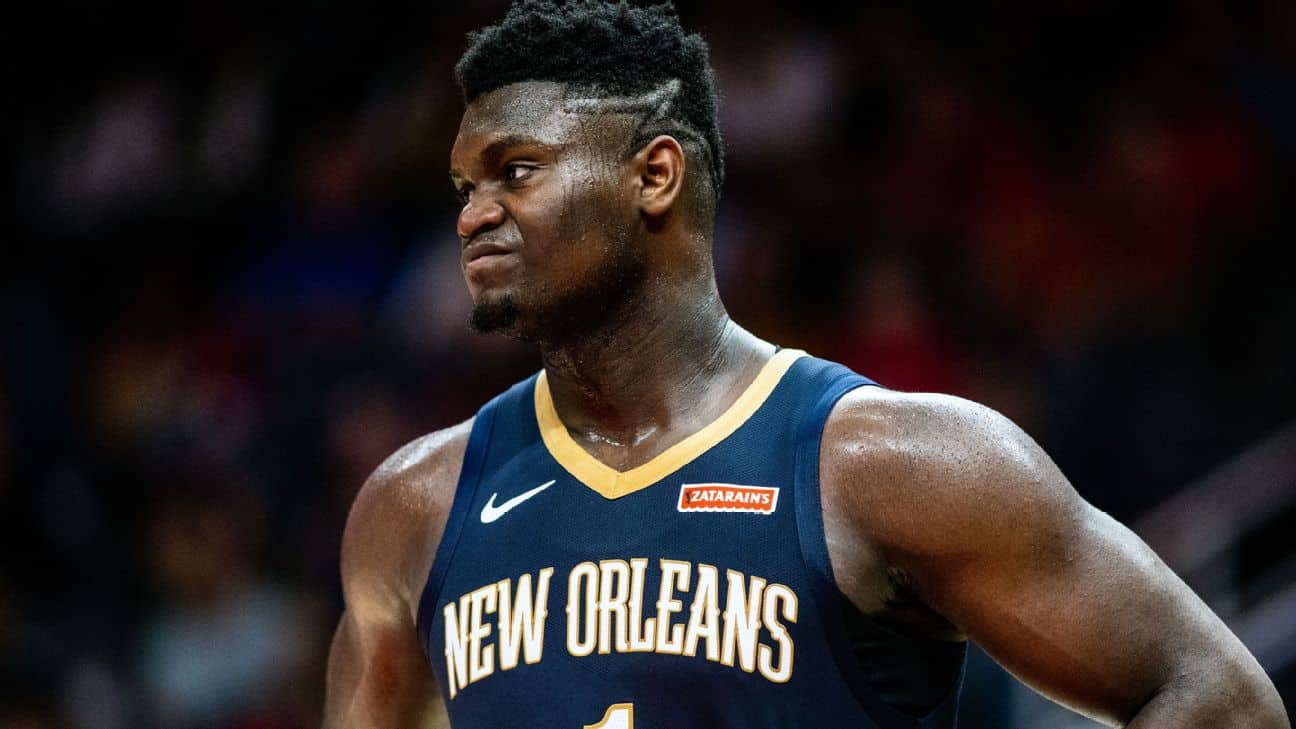
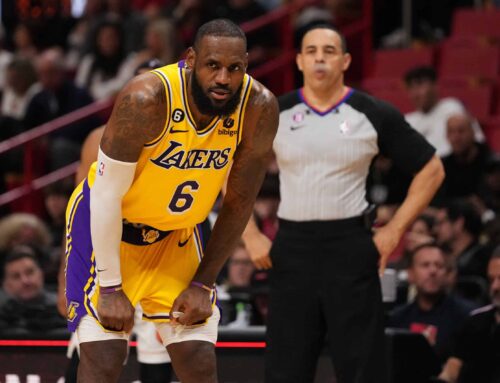
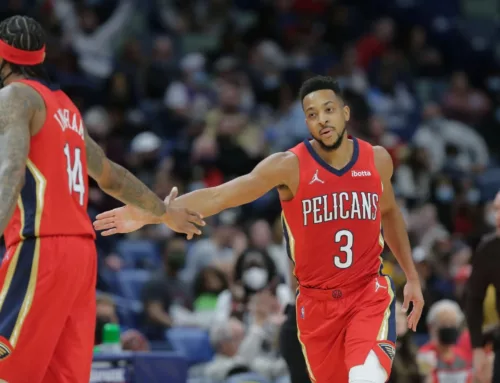
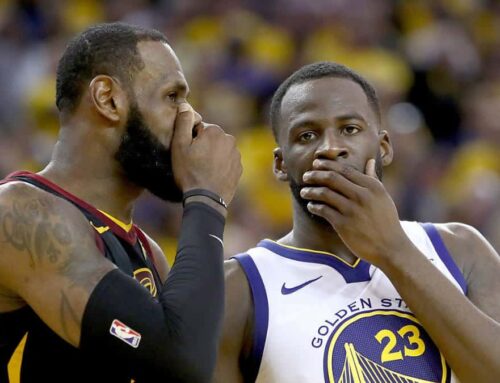
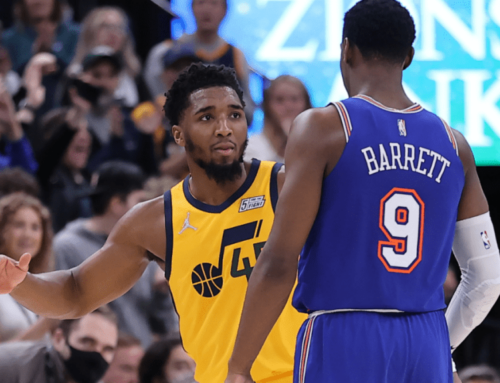
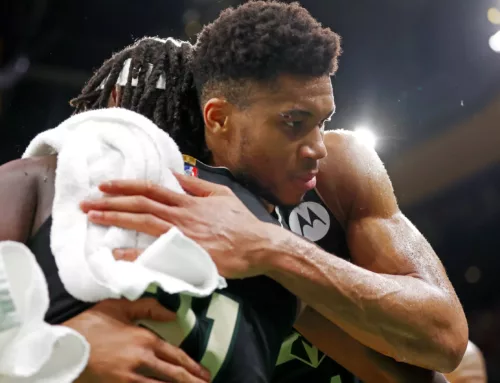
Leave A Comment